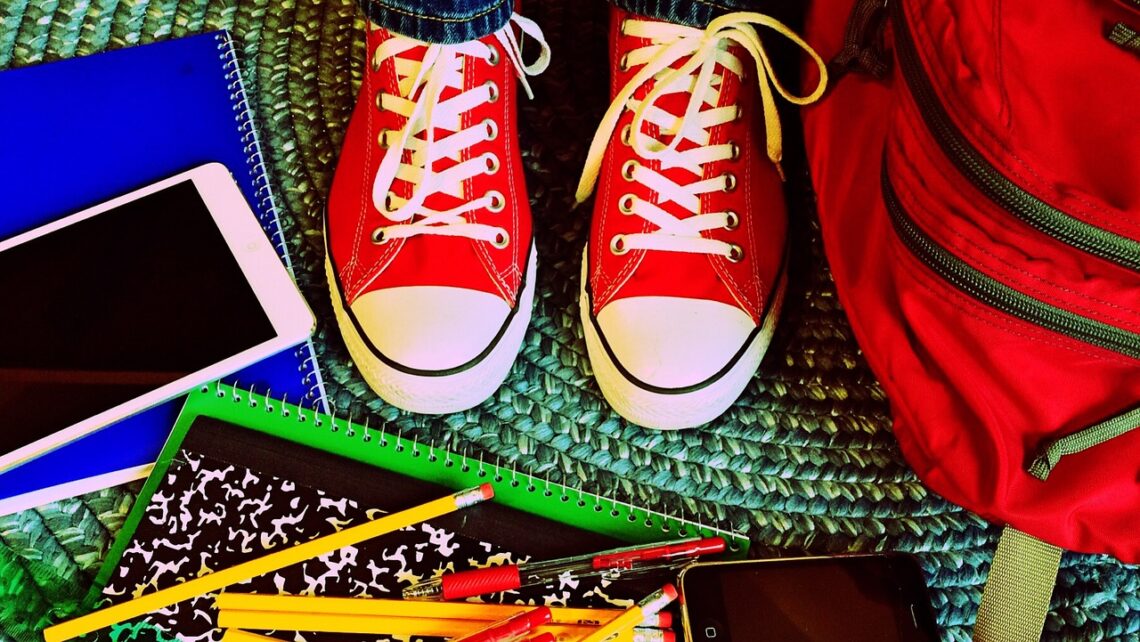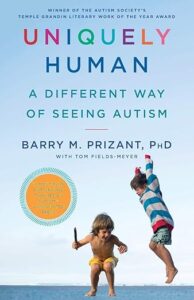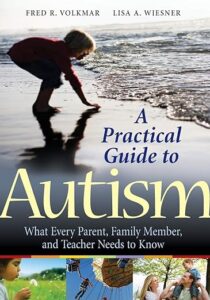
6 Strategies to support students with ASD in an Inclusion classroom
For a lot of students with Autism, a sub-separate program is not the right fit for them. Often their disability has no effect on their academic abilities and the least restrictive environment is in an inclusion setting. But, a student in an inclusion setting, without the right accommodations and supports in place can lead to some teachers reaching out for a little more help. In this article, I have explained some strategies for supporting students with Autism.
Always communicate the schedule
Students with ASD do not do well with the unpredictable. They do better when they know what to expect at all times. Unfortunately, it is impossible to avoid all surprises; you can’t control fire alarms, other safety drills, the behavior of other classmates, etc.. But, simple things can help a lot.
Keep as much of a routine as possible. Do you start class the same way every day? Do students know what to do as soon as they walk into class? Have a bell-ringer every day while you check homework. That way students know every day to come in, take out their homework and start on the bell-ringer. If this routine isn’t appropriate for your class, find one that is. Having a routine is what is important.
Write the agenda on the board. If a student can look up and read, in an easily accessible area, everything that they are going to do in your class, it will ease some of their anxiety. Do you know before class what the homework for that night is going to be? Have a special place on the board where students can find the homework.
Help them develop an organizational system
I work with middle school and one of the best organizational systems that I use is the accordion folder. Accordion folders give them one place to keep all of their papers, in this folder they can arrange it, however, is best appropriate for them. Personally, I recommend that the students have a section for each of their classes and then a separate section for all homework that needs to be done. When a teacher passes out a homework paper, the student puts it in the homework section. When they get home from school and can sit down and start homework, they know where to find everything. Once they have done all of their homework they can put it into the sections for the subject it belongs to. And then tomorrow when they get to science class and the teacher says to take out their science homework, they can open their science section and it’s right there! This works for a lot of students with all kinds of organizational or executive functioning difficulties.
Expect the unexpected
No two students with ASD are alike. Of course, this is true for most students, whether they have a disability or not. You can not make decisions about what a student is going to be like without actually meeting them. We take courses and read materials about ASD and how students with ASD should present. But, it is such a diverse spectrum, which is why they call it a spectrum, that you really never know the strengths and weakness of the students you are going to deal with. Be ready for everything, and do not be frustrated when what worked with a student last year, does not work with your student this year.
Be purposeful with partnerships
It is sad, but students with ASD, especially once you get to middle school, are often vulnerable to bullying. When you are creating partners in the classroom, you want to make sure you don’t put a student with another peer who is more likely to make fun of them. I hate that we have to talk about this, but it happens. Random partners can be difficult when you have students with disabilities mixed in with students who have a history of laughing at others. Yes, classroom management can help prevent this also, but why put a student in a situation where there may likely be a problem. If there is a student who they work well with, maybe you let them work together more often.
Allow them breaks as needed
It can be frustrating to have students constantly going to the bathroom during your class. But a student with ASD who is overstimulated may need to take a break to be able to calm them self down, in order to come back to the classroom ready to learn. Yes, it is frustrating to feel like a student is missing classroom time, but if you keep the breaks short, you will not lose what could be a lot more time because they are in the classroom but are unable to focus and learn. Come up with a nonverbal routine. Have the student have a signal to tell you that they need a break. Time them if needed to make sure that they’re not just avoiding work or getting distracted. If you come up with a routine and practice it, breaks can be very productive.
Be flexible
There are going to be things that we do that don’t work. Try to realize that you are all on the same team when another teacher comes into your room and tries to give you suggestions. Even if you have more teaching experience, maybe they have had a similar student in the past and have a new idea to share with you. Be ready to try new things, maybe a behavior chart is needed, maybe the student has to switch to another class section to be provided more effective support. Whatever it is, just be open to trying something new.
I do not claim to be an expert on Autism. I am just sharing with you from the experiences that I have had. If you have any other tips, please, please, please share them with me in the comment section or send me an email! I love to get new tools for my toolbox! I hope this can help some of you.
For more resources, check out:
Accommodations for Students who Struggle with Executive Function
Get your free IEP summary page!

Subscribe to get our latest content by email.









